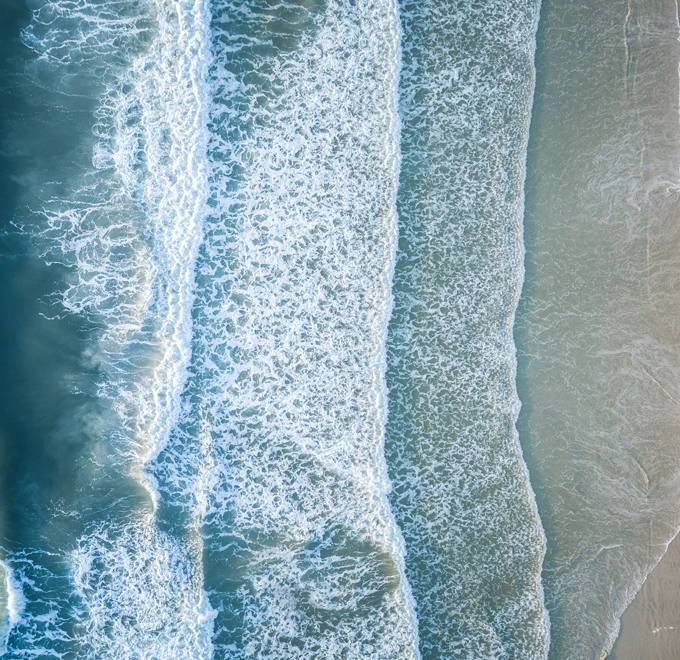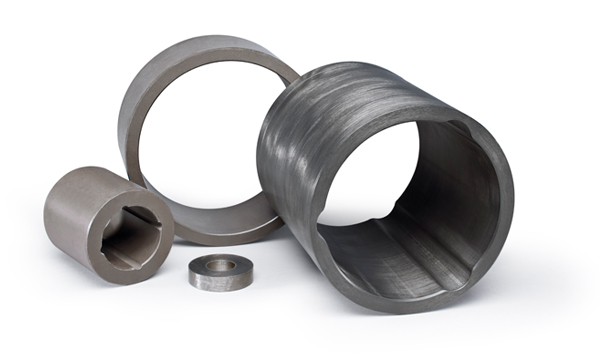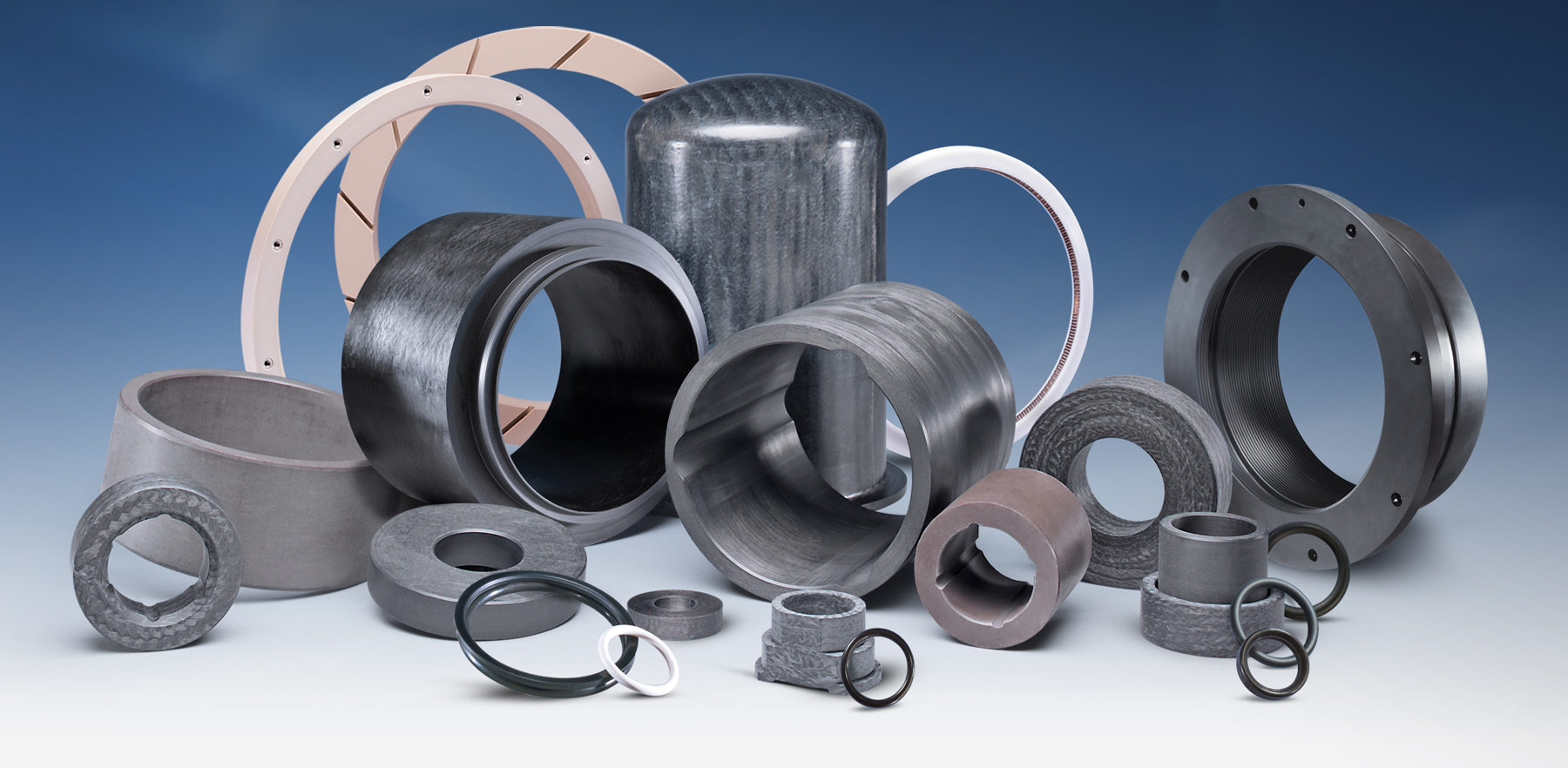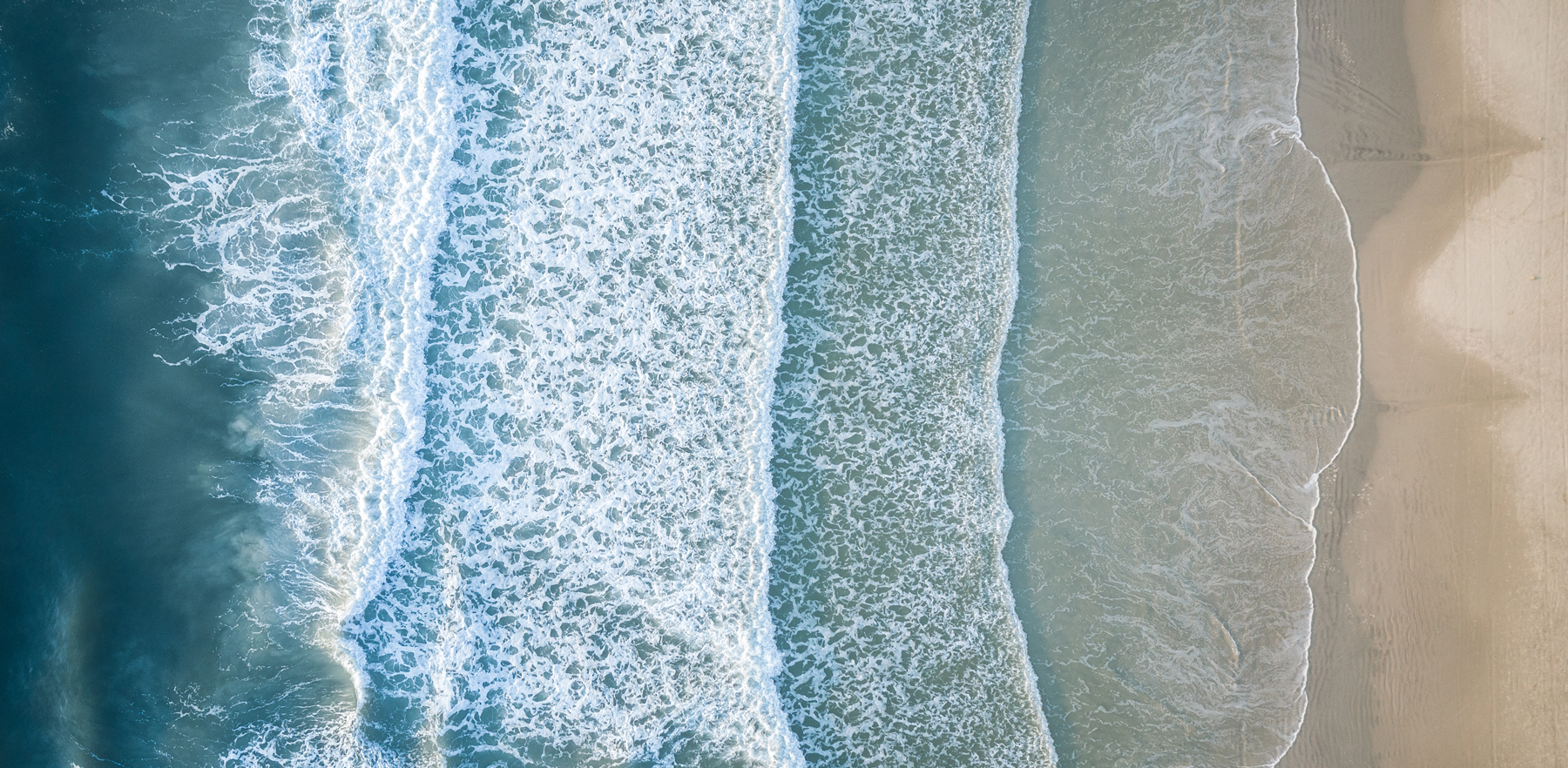How Greene Tweed Can Help You Solve the Desalination Pump Challenges

This is the third article in a series on Water Desalination Pump Challenges. Read Part 1 and Part 2
With desalination emerging as a promising answer to water stress, researchers and engineers are looking for pump technologies and materials that can handle seawater, brackish water, concentrated brine, and treatment chemicals. Repeated contact with sea or salt water creates several challenges for pump and places constraints of the kind of material that can be used for pumps in desalination plants. Biggest challenges include:
Abrasion
Aggressiveness of saltwater pushes engineers in desalination plants to look for pump materials that can handle abrasive fluids. Traditional, lower-grade, non-metallic or rubber wear parts in pumps require frequent replacement due to the abrasive environments in which they operate. Pumps must be overhauled earlier or more frequently because rubber and non-metallic wear parts abrade quickly due to handling entrenched particles. Greene, Tweed has engineered a pair of Abrasion-Resistant (AR®) composite material offerings to help you increase your intervals between overhauls and improve pump reliability.

Corrosion
High-salinity media such as brine (a byproduct of the desalination process) are highly corrosive. But it’s not just the repeated contact with seawater. Salinity in the coastal areas makes the surrounding air very humid and corrosive and wreak havoc on pump efficiency and can cause damage, downtime, or failure. Greene, Tweed’s AR® composites last up to five times longer than traditional materials, extending machinery lifetimes and reducing downtime and maintenance requirements.

Energy-Intensive
Making fresh water out of seawater by reverse osmosis usually requires enormous amounts of energy. To maintain the high level of pressure required for the process, desalination plants typically employ large numbers of pumps and other equipment. That requires a lot of energy.
With the global focus on transition to a decarbonized economy, it is becoming imperative for industrial sites across the globe to find ways to reduce emissions. Greene Tweed is continually developing and testing new materials and technologies to design and manufacture elastomeric, thermoplastic, and thermoplastic composite solutions that improve energy efficiency and environmental compliance. Our non-contacting Arlon ® 4020 labyrinth seals, WR /AR and Xycomp® composite wear parts, for instance, offer substantial energy savings by improving efficiency.

It should be hardly surprising that leading pump OEMs routinely specify our WR® and AR® products as the default material in reverse osmosis applications such as high-pressure membrane feed pumps, booster pumps, and vertical water intake pumps. WR® and AR® products drive higher efficiency due to reduced running clearances, non-galling and non-seizing material, and no corrosion due to seawater or brackish water. The fluid being pumped lubricates the wear part, eliminating the need for oil lubrication systems.
Desalination plants that upgrade to the pump material that is right for their application report:
- Improved MTBR and routine maintenance tasks
- Minimized chance of catastrophic damage
- Reduced vibration
- Improved reliability and efficiency of older equipment
- Reduced total cost of ownership for the equipment